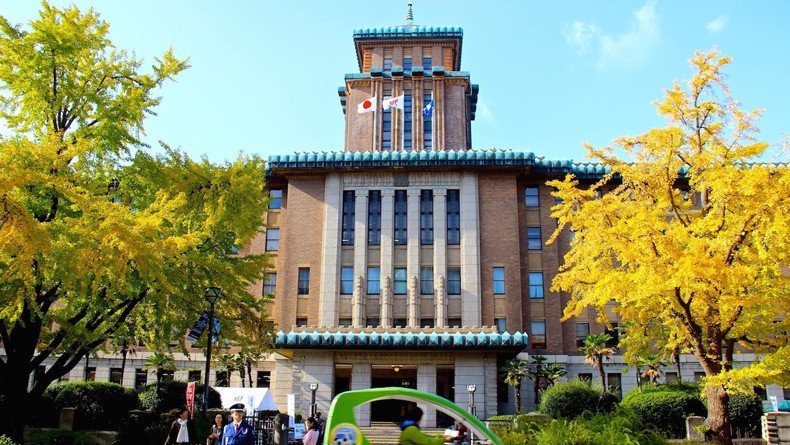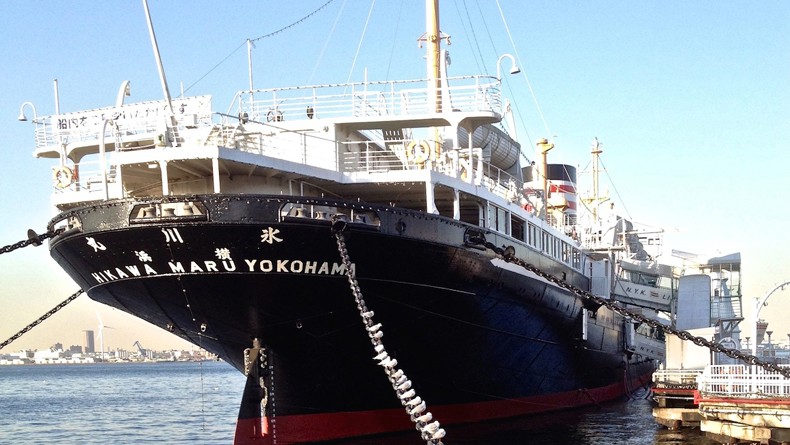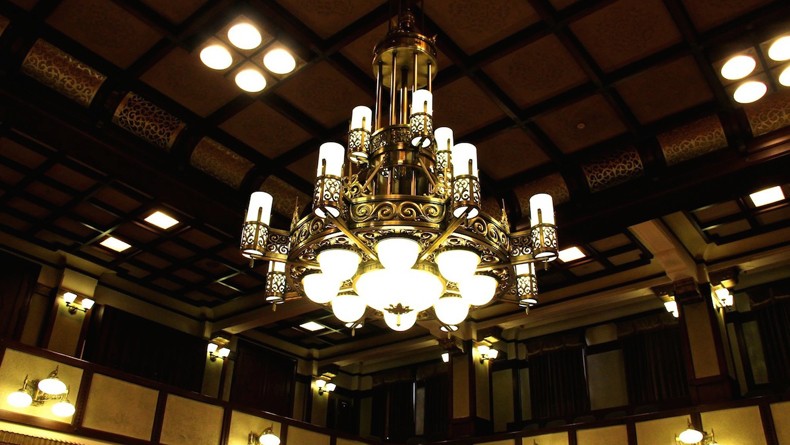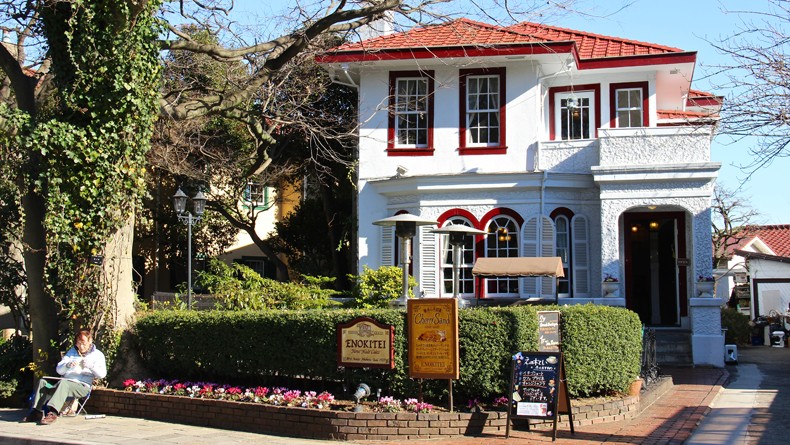Yokohama’s Art Deco Walk
The Great Kanto Earthquake of 1923 was devastating for the booming cities of Tokyo and Yokohama. In particular Yokohama, which had hitherto seen fabulous growth in both prosperity and size, was reduced to a burning heap of rubble. Out of this rubble, however, would rise an even more prosperous city. For architecture enthusiasts, it was fortunate that the rebuilding took place during the Art Deco era.
Many of the art deco sites are clustered together in two locations in the Naka ward: the Yamashita Park area and the Yamate or Bluff neighborhood.
These two areas make for an interesting walk. Start outside Nihon Odori station (exit 3, Minatomirai Line). Located directly in front of the station are three buildings that grew out of the rubble of the earthquake. They are the King, the Queen and the Jack Towers. These towers are quite different in design to one another. The King tower was built in in 1928 in a heavy, square design that mimicked the art deco style but mixed it with some Japanese elements. This is called Teikan style. The Queen Tower is so named for its smooth shape resembling a chess piece. Although the Queen is taller, it is the King tower that was used as a landmark for shipping. The Jack Tower is different again, being constructed in red brick. These buildings show the confidence the city found to develop after the earthquake.
Walking away towards the ocean, a large seaside park comes into view. Built from earthquake rubble in 1930, Yamashita Park provides a beautiful backdrop to other art deco sites.
The Hikawamaru, which is anchored off Yamashita Park, began its life as a cargo and passenger ship in 1930. In tune with the time, it was fitted out with the latest in art deco style. During World War II this elegant ship was used as a naval hospital. At war’s end it was once again hauling cargo and passengers across the Pacific. Today visitors can see the magnificent dining room which has been maintained in its original state, despite the ship’s turbulent history. For a mere ¥200 one can wander through and imagine the many formal dinners that must have been served to the captain and his special guests.
The Hotel New Grand overlooks the park and is a classic of 1920s style. Five stories high, with its long frontage and curved corner entrance (now painted clean white with red cafe awnings), it must have caused quite a stir when it was built in 1927. Inside, the grand staircase and elevator hall are all original. The style is a little confused, but elements of the deco period and the preceding arts and craft design era are strongly evident. The lobby itself exudes a period feel with a mix of dark wall panels and club-like seating.
The hotel is a good spot to stop and enjoy a cup of tea or coffee. The cafe is a clean, modern rendition of the period. If you have time, Le Normandie restaurant is stunning. Designed with the great French ocean liner Le Normandie in mind, the rattan-like furniture and white linens are enigmatic of the era.
Leaving the Yamashita area behind, it is time to head up the hill behind Chinatown and Motomachi, both great shopping districts, to the hilltop residences of Yamate. You can choose to walk up the main road that sweeps quite steeply up to the top of the hill, or if you prefer you can take the sobering route through the foreigners’ cemetery. This area was always popular with the foreigners who made Yokohama their home. Unfortunately, the 1923 earthquake and the fires that followed it destroyed much of Yamate’s western style buildings. The upside was that the rebuilding that took place was predominately in the Art Deco style. There are several houses here that are open to the public.
Two of the best examples are the Enoki-tei and the British House. If you have walked up the road from Motomachi, the British house will be on you left near the top of the hill. It shares this position with the Rose Garden of Minato no Mieru Oka Park. The British House was built in 1937 as the British consular residence. It is built in a typical Art Deco style with a square form and large arched front window. A few minutes further up the street on the left is Enoki-tei, a Spanish style residence built in 1926 with a delightful cafe set in a rose garden at the back.
Other residences in the area include the Ehrismann residence and Berrick Hall, which are also open to the pubic and are beautiful examples of the period.
There are many other residences on the bluff and some municipal buildings down in the city center that still retain vestiges of the Art Deco style and technique. All of these would provide interesting walks for another day.
Photos by Cath Cipro.
















Leave a Reply